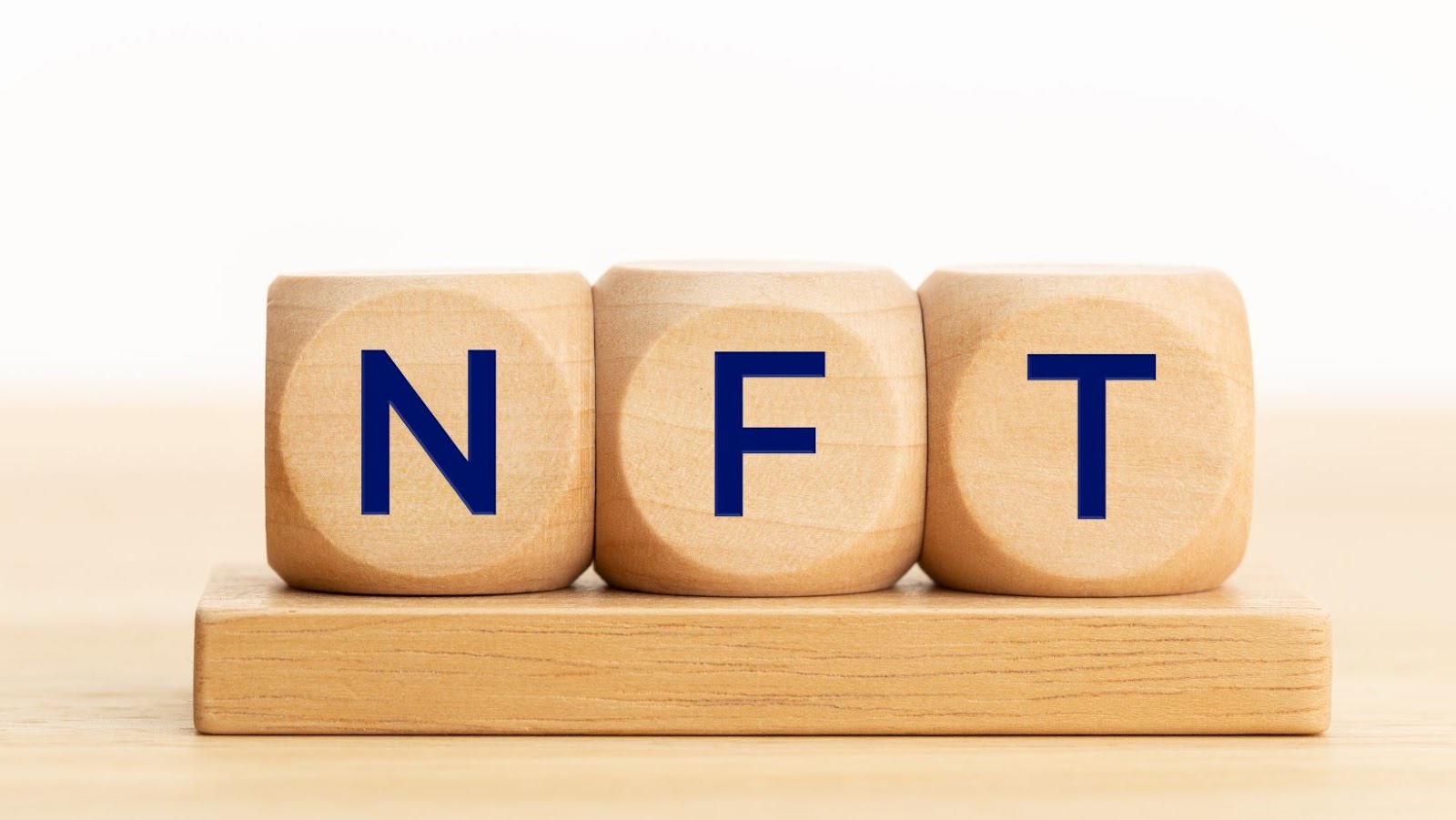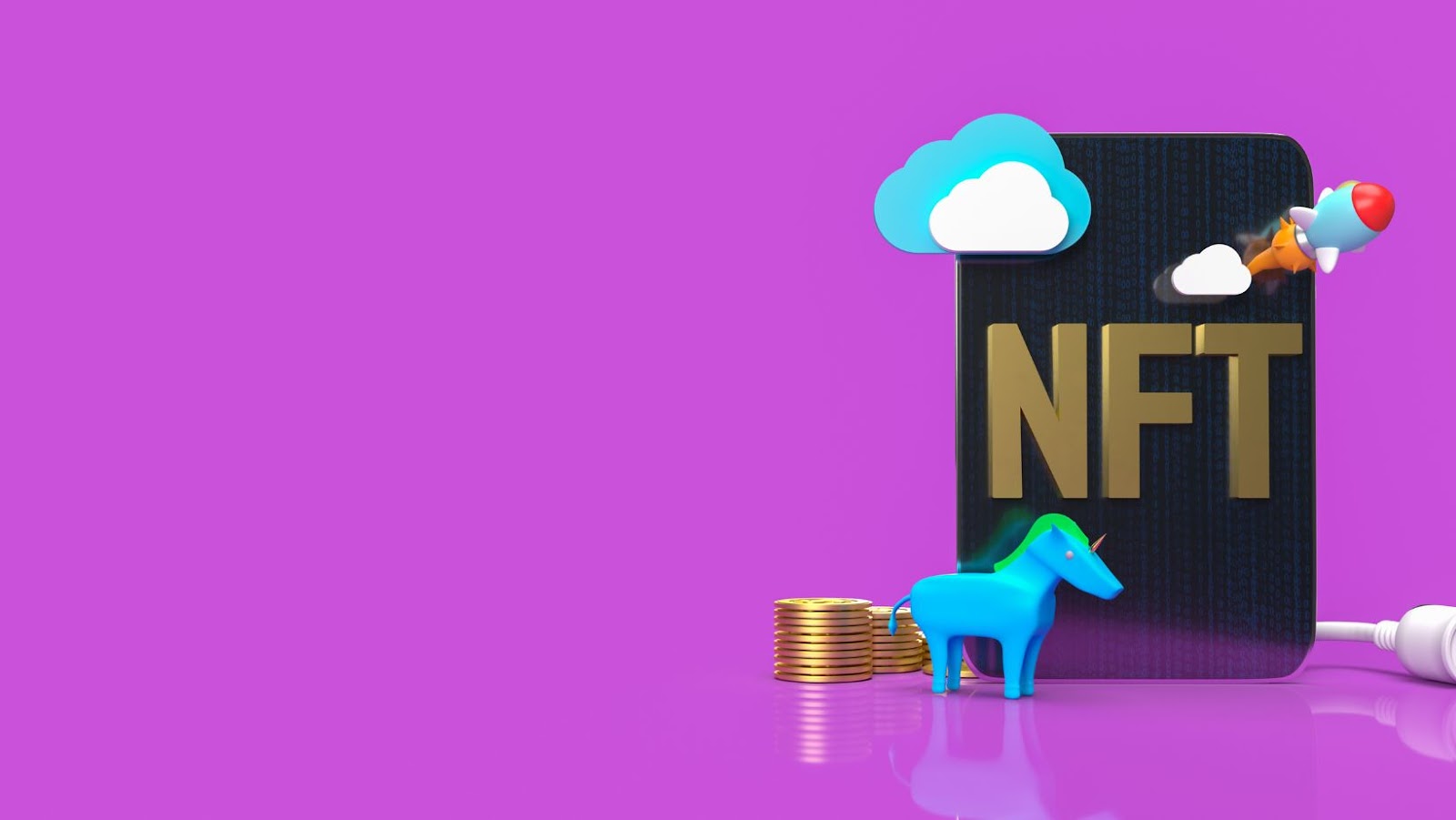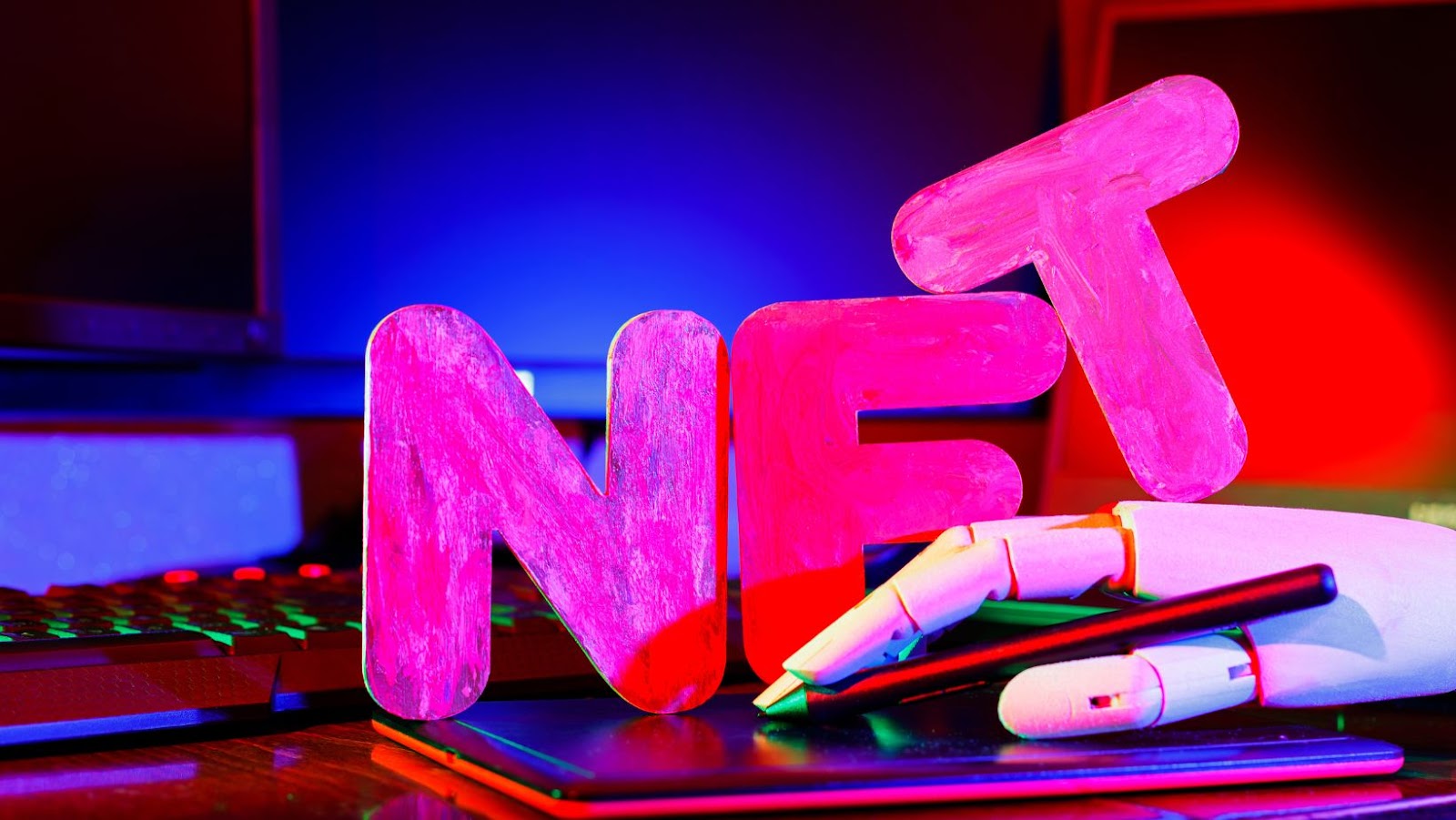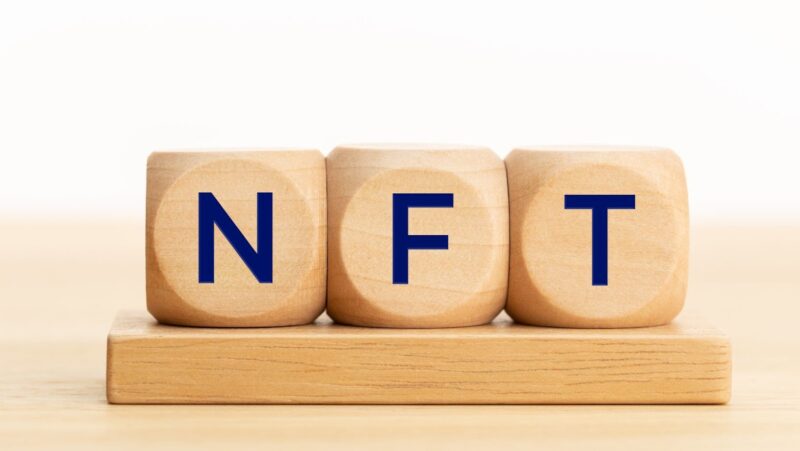
Square Enix recently penned a New Year’s letter discussing the potential of NFTs and blockchain games in the metaverse. NFTs, or non-fungible tokens, are a type of digital asset that is unique and encrypted, allowing for the purchase and sale of virtual property and items. In addition, blockchain games are also taking off, allowing players to collect and exchange virtual items outside of the control of any particular game developer.
In the New Year, Square Enix has proposed the idea of leveraging both of these technologies in the metaverse. We’ll explore the possibilities and discuss how NFTs and blockchain games are used in the metaverse.
Definition of NFTs and blockchain games
Non-fungible tokens (NFTs) are digital tokens that represent a unique asset. They are stored on the blockchain, a public and distributed ledger of records, and exist to represent items like collectibles, artwork, in-game assets, domain names, ownership rights, and more. Unlike the fungibility of cryptocurrencies such as Bitcoin or Ethereum that can all be traded for an exact equivalent amount of one another, NFTs will be different in some way—a different asset or item altogether—with no exact equivalents.
Blockchain games are video games built with blockchain technology that use non-fungible tokens (NFTs) as game assets. These games allow players to interact with the blockchain while playing through events such as opening loot boxes containing rare in-game items that can be sold off for cryptocurrency or cash. Players have full ownership over these items—they can’t take them away from you like other platforms—making it impossible for them to be stolen or counterfeited due to their permanent storage on the blockchain.
Blockchain games are uniquely transparent since any transactions between two parties are publicly viewable on the blockchain. They also provide many new features not available in traditional gaming spaces. For example, real money gambling options and provably fair random number generation algorithms open up exciting opportunities for developers looking to engage with customers in new ways.
Square Enix’s New Year’s Letter
Square Enix recently released a New Year’s Letter, expressing their excitement about the potential of NFTs and blockchain games to drive adoption of the metaverse.
In the letter, the company highlighted the potential of the intersection between these technologies and the metaverse and their plans to explore the opportunities they present.
Let’s take a closer look at the letter and explore the implications it could have.
Overview of Square Enix’s letter
The renowned video game developer and publisher Square Enix recently released its 2021 New Year’s letter. In it, the company outlines its plans to explore the blockchain space and use non-fungible tokens (NFTs) to further enrich gamers’ experiences.
The letter highlighted Square Enix’s commitment to continually pushing the boundaries of technology and creativity while engaging in partnerships with like-minded content creators. In addition, the company noted that NFTs and blockchain games present various opportunities for virtual worlds within gaming universes as gaming evolves.
Square Enix was committed to creating a “metaverse” — a structure of interconnecting digital worlds where players can experience real utility across multiple platforms. According to them, NFTs are an essential component in achieving this goal by allowing players to own tokens representing in-world items or characters that can be shared between virtual worlds.
The company also discussed its plans to leverage blockchain technology as it considers new ways of delivering content to improve user experiences both now and in the future. Finally, they addressed potential concerns around privacy and security acknowledging that they take these issues very seriously.
Square Enix Pens a New Year’s Letter All About NFTs, Blockchain Games, the Metaverse, and More
Square Enix, a Japanese video game and multimedia entertainment company, recently outlined their vision for using non-fungible tokens (NFTs) and blockchain games in the metaverse (virtual shared worlds), an evolving concept centred around immersive virtual experiences powered by blockchain technology.
In its New Year’s letter, Square Enix highlighted the potential of NFTs to represent players’ digital assets across multiple platforms. Square Enix also noted that blockchain-based games could improve player incentives and introduce new monetization opportunities through token economies. Furthermore, according to Square Enix, NFTs “can provide more comfort in ownership than ever” by decentralising ownership rights and allowing users to store their items securely on a blockchain.
Furthermore, Square Enix discussed how gaming content could be divided into tradable pieces using NFTs, allowing developers to create more intricate engagement levels with players and trade digital objects seamlessly. Lastly, Square Enix mentioned how NFTs could enable interoperability among different platforms and metaverses; allowing users from one platform or metaverse to authenticate items bought from another without relinquishing ownership rights or managing credentials across multiple siloed systems.
Benefits of NFTs and blockchain games in the metaverse
NFTs and blockchain games have the potential to revolutionise how we interact with digital content in the metaverse. By utilising non-fungible tokens (NFTs) and blockchain technology, users can create and own digital items, explore new virtual worlds, play blockchain games, and provide a new gaming experience.
This article will discuss the benefits of NFTs and blockchain games in the metaverse.
Increased user engagement
The increasing popularity of non-fungible tokens (NFT) and blockchain games has provided a great opportunity for businesses in the metaverse, such as virtual worlds, to use the same technology. NFTs are digital objects with unique attributes linked to the ownership and sequencing of an individual’s data on a blockchain. Blockchain games offer users an immutable way to collect and engage with digital in-game items while earning rewards like cryptocurrency, allowing users to monetize their time in-game.
The unique advantages of using NFTs and blockchain games within the metaverse have the potential to revolutionise user engagement. NFTs and blockchain gaming give companies new ways of incentivizing consumer behaviour by providing exclusive rewards backed by true ownership rights on a distributed ledger. This opens up opportunities for limited edition items with scarcity or tradable items that can generate liquidity through resales or secondary markets. Additionally, as more businesses adopt NFT fueled rewarding systems, customers will be increasingly drawn towards them due to their lucrative incentives arising from ownership rights; these will increase user engagement towards these businesses by boosting loyalty among existing customers while driving additional interest from newcomers. Furthermore, amidst increased competition between gaming providers utilising in-game asset trading mechanisms enabled by NFTs, consumers and businesses benefit from the spontaneous market fluctuations leading to greater collectibility for certain assets, further increasing user engagement with them due to its economic prospectus.
Ultimately, as businesses embrace blockchain gaming with non-fungible tokens at their centrepiece, they will enjoy greater opportunities for engaging customers more meaningfully compared with standard reward programs and game design mechanics limited within traditional approaches.

Reduced transaction costs
One of the major benefits of NFTs and blockchain games in the metaverse is reduced transaction costs. By leveraging the blockchain technology, users can securely and efficiently transfer benefits from one party to another in the metaverse. In addition, the lack of intermediaries reduces transaction cost and transit time, both of which help make the transactions faster and more streamlined.
Additionally, cryptography ensures that funds are transferred securely with every transaction. This provides a layer of trust for both parties involved and enables seamless transactions within the metaverse. By reducing costs at each transaction stage, users are more incentivized to participate in these activities as they no longer need to worry about exorbitant fees or slow bureaucracy associated with transactional externalities.
Improved security
Using Non-Fungible Tokens (NFTs) and blockchain games brings a heightened level of security to the metaverse. NFTs are unique digital assets that can be used to create in-game items, characters, environments, and more. Blockchain technology is incorruptible, so these assets can remain secure no matter how many transactions they go through or how many people interact with them. This means that NFTs and blockchain games are perfectly suited to help secure the data stored in the metaverse.
Additionally, NFTs and blockchain games have built-in mechanisms for preventing fraud by tagging each token with a unique identifier that can be used to trace any suspicious activity. Furthermore, blockchain technology creates an immutable audit trail for any transaction or action performed on an asset, giving players a complete overview of its trading history and ownership credentials which adds an extra layer of security protection from hackers or other malicious actors trying to tamper with the data or steal assets from one another. With these tools, players can rest assured that their digital assets remain safe from tampering and theft when interacting with them in the metaverse.
Challenges of NFTs and blockchain games in the metaverse
As the gaming industry continues to evolve, the focus on non-fungible tokens (NFTs) and blockchain games has risen. Square Enix recently penned a New Year’s letter highlighting the importance of NFTs, blockchain games, and the metaverse.
However, the technology behind NFTs and blockchain games presents several technical and legal challenges regarding the metaverse. In this article, we will explore these challenges and discuss potential solutions.
Scalability
Given the size of the metaverse, scalability is an important issue for blockchain applications. NFTs and blockchain games need to scale to millions, or even billions, of users and ensure that transactions are securely processed. This requires high throughput and very fast processing times that current blockchains may be unable to support. Other considerations include ensuring that game interactions are smoothly executed and are not subject to manipulation by a few powerful users.
In addition, there is also the challenge of interoperability between multiple blockchains to link together different gaming worlds in the metaverse. While projects such as Web3 Foundation’s Polkadot have made strides towards achieving greater interoperability, much work still needs to be done in this area. Additionally, game developers need to ensure their games are powered by stable protocols that can easily integrate with existing technologies while providing secure data management solutions.

Regulatory uncertainty
Regulatory uncertainty is a major challenge when using NFTs and blockchain games in the metaverse. With the emergence of blockchain technology, many countries have yet to develop their regulatory framework for cryptocurrencies, making it difficult for companies to launch products. Additionally, since NFTs are not widely accepted or understood, governments may struggle to regulate them properly. This lack of clear legislative guidance can make it risky for companies to create and implement projects based on this technology.
Moreover, suppose NFTs would become an integral part of the metaverse economy. In that case, governments may become concerned about their potential negative impact on monopoly power and find ways to control these digital assets. For example, suppose taxation were introduced on digital asset trades between users. In that case, the market may have significant distortions due to the added costs associated with tax compliance and transaction fees. As such, public and private sectors must collaborate on developing effective regulatory frameworks tailored to their respective objectives while protecting user privacy and security.
Lack of user understanding
A major challenge in adopting non-fungible tokens (NFTs) and blockchain games for use in the metaverse is users’ lack of understanding about them. While some have become aware of these digital assets’ potential, many users have yet to grasp the full benefits these assets offer and how to use them properly. In addition, the complexity of the technology and its implications can be overwhelming to an average user, even if they know the basics about cryptocurrency or smart contracts.
The absence of user-friendly tools to Bridge the gaps between crypto and distributed ledger technologies drives casual and advanced users away. In addition, mainstreaming dapps with accessible marketplaces and other metaverse ecosystems requires addressing usability challenges such as onboarding process difficulty, wallet setup complexity, transaction costs, and account security issues like two-factor authentication.
Another issue hampering mainstream adoption is a lack of opportunities for monetization and financial benefits provided by NFTs within game universes and other virtual worlds. As a result, significant development is needed in this area, including viable economic models, provisions for implementations such as Lightning Network support that facilitate increased liquidity on decentralised exchanges, and educational initiatives to increase user understanding on NFTs and their value proposition.









